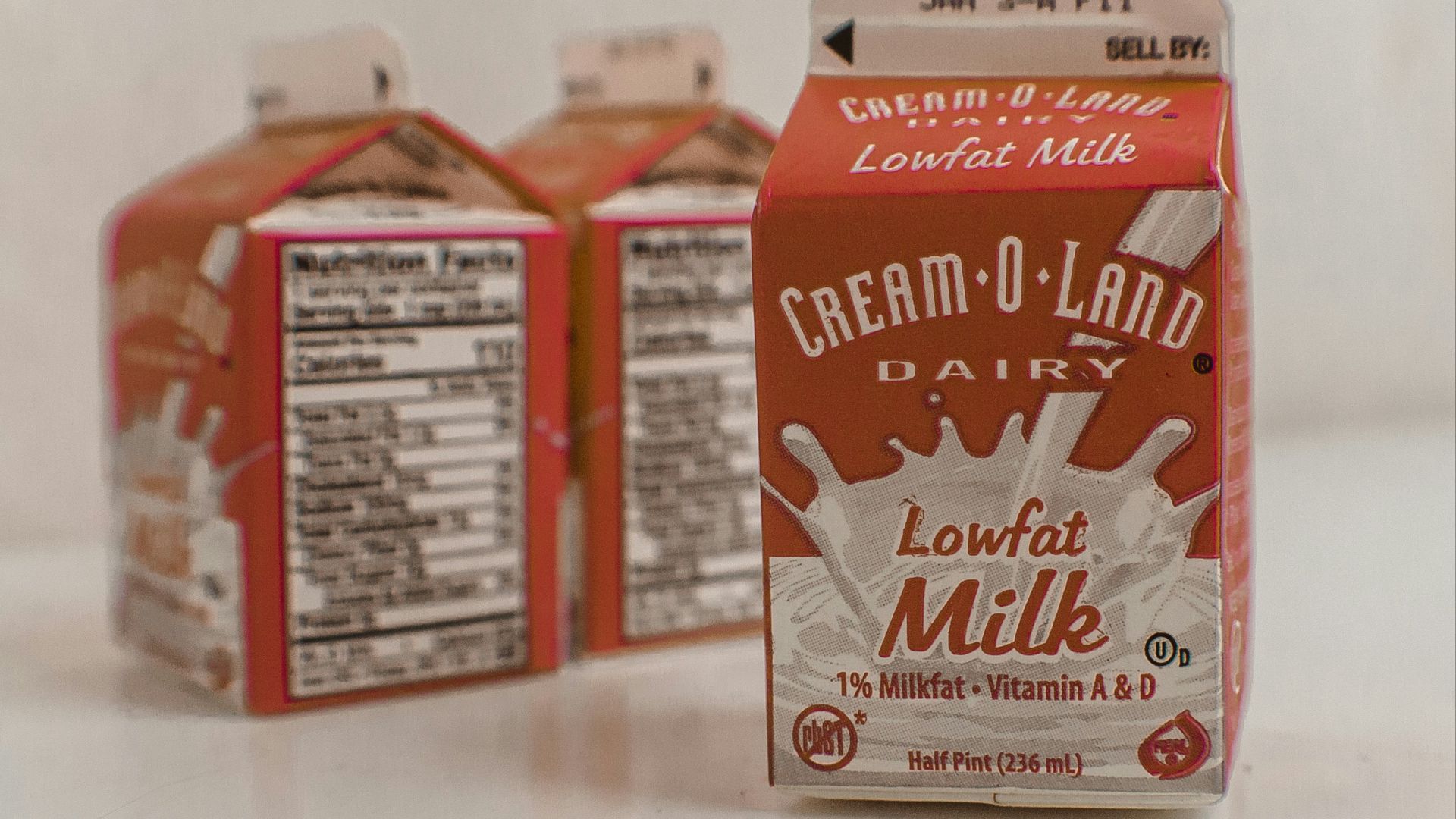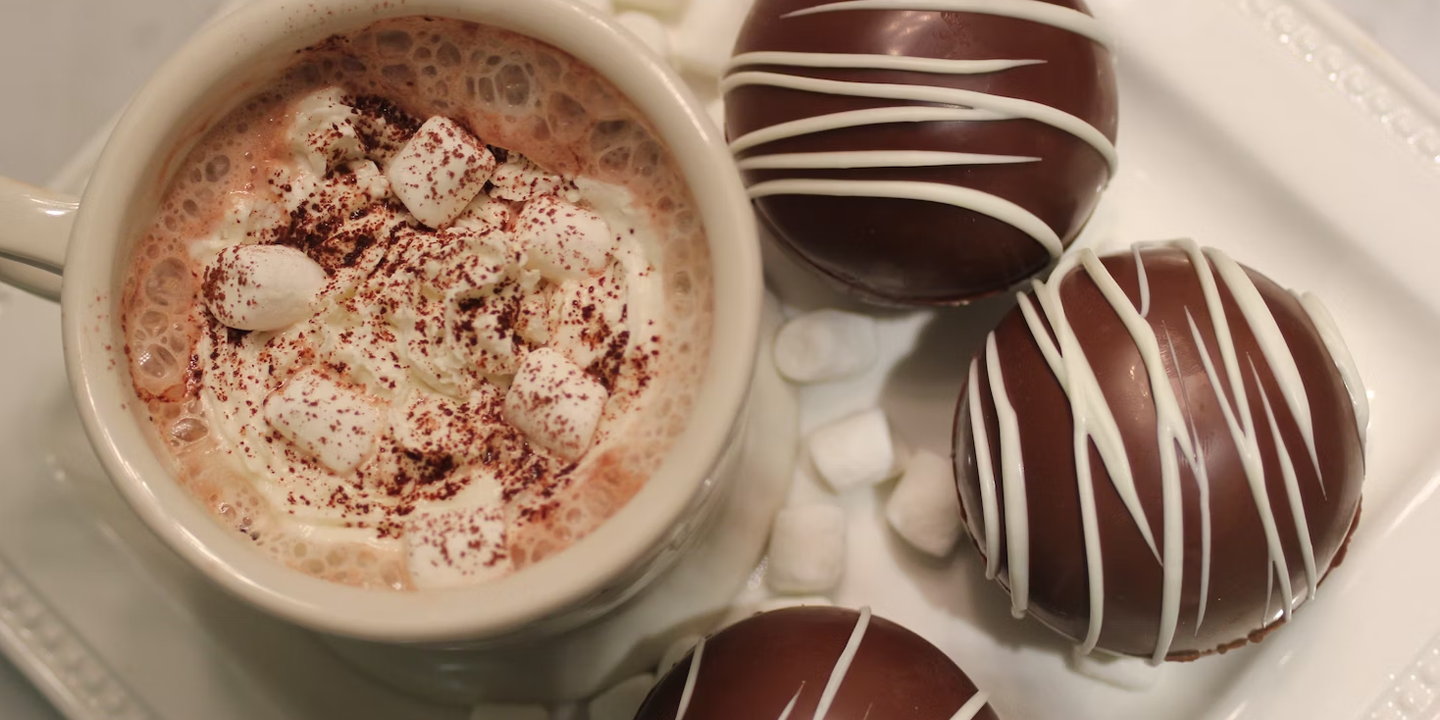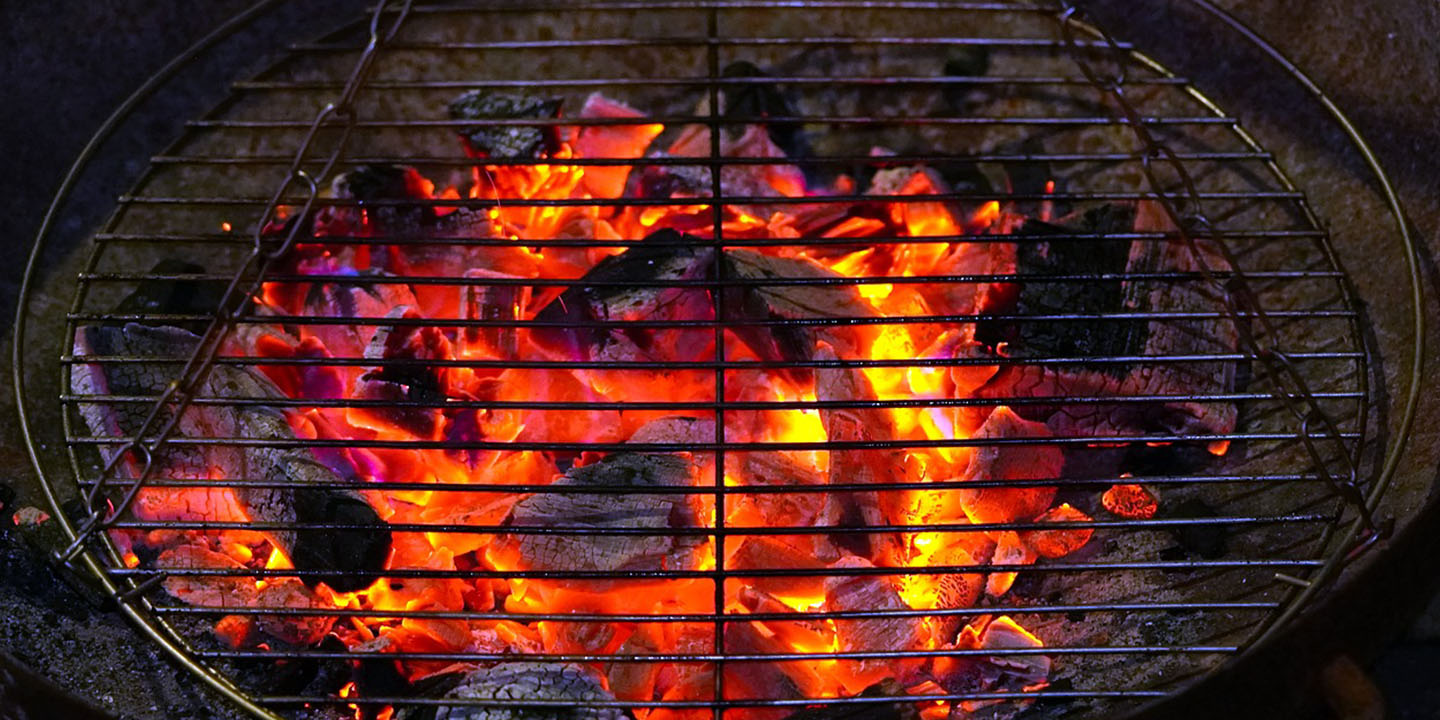Walk down any dairy aisle in America, and it’s like standing in front of a lineup of look-alikes. Whole milk, half-and-half, heavy cream, whipping cream; all dressed in similar cartons, all promising something creamy. Yet they couldn’t be more different. One’s light and smooth, another thick and rich enough to coat a spoon.
Why does one end up swirling into your coffee while another makes its way into a decadent dessert? Turns out, there’s a lot more separating milk from cream than just a few numbers on the label. So, let’s find out.
From The Same Source, Two Very Different Stories
 Shannon VanDenHeuvel on Unsplash
Shannon VanDenHeuvel on Unsplash
Both milk and cream begin in the same place: fresh animal milk. When milk is left to sit, the fat (which is lighter than water) rises to the top. Before the days of modern processing, this layer of velvety richness was skimmed off and used as cream. The liquid left behind was thinner and contained less fat, becoming what we know as milk.
Today, the process is more scientific. Most commercial milk and cream in the United States is homogenized, meaning the fat globules are broken down and evenly dispersed so they don’t separate. Still, the difference comes down to one key number: fat percentage.
In terms of fat content, milk covers the lighter end of the spectrum, from fat-free skim to about 3.25% in whole milk. Cream picks up from there. Half-and-half comes in around 10 to 12%, light cream about 20%, and heavy whipping cream can climb as high as 40%.
The Science Behind The Separation
At the end of the day, what really sets milk and cream apart is how they’re built. According to data by the U.S. Department of Agriculture, milk is mostly water (88.1%) with some natural sugars and proteins mixed in. Cream, on the other hand, is packed with tiny bubbles of fat floating in that same liquid.
That small change makes a big difference when you cook. Milk can curdle if it’s heated too fast or mixed with something acidic, like tomatoes or lemon juice. Cream doesn’t have that problem because its fat helps protect it.
Texture And Taste
If milk is the everyday workhorse of the dairy world, cream is its indulgent counterpart. Milk’s lower fat content makes it light and refreshing. It blends easily without overpowering other ingredients, giving a gentle sweetness and body to whatever it touches.
The higher fat content gives cream a lush texture that coats the tongue. When whipped, those fat molecules capture air and volume to turn a simple liquid into something cloud-like and decadent. It’s the reason whipped cream holds its shape and adds an unmistakable silkiness to desserts.
One adds indulgence and character to dishes, the other delivers balance and nutrition. Together, they show how a single ingredient can be divided into two sides of the same story: one luxurious, one essential.
KEEP ON READING








